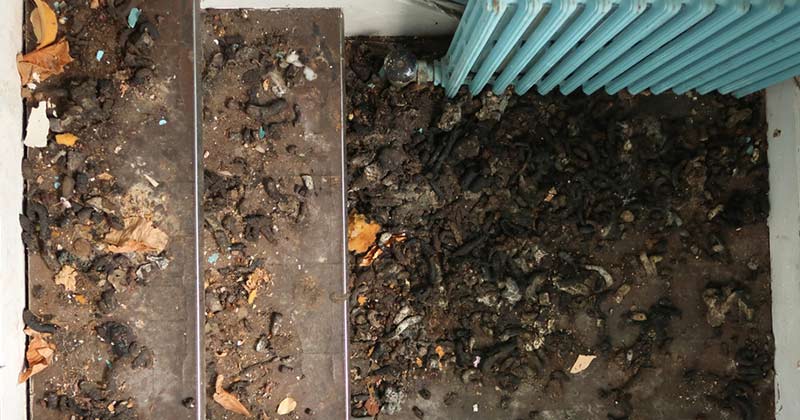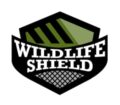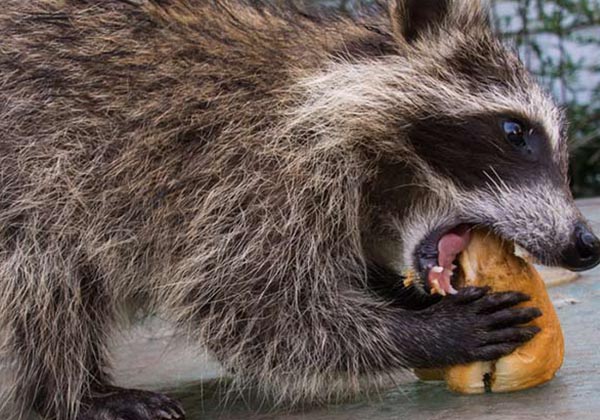Raccoons are a problematic and dangerous species that, unlike many other larger animals managed to find their place in an urban environment. While other animals and rodents are great at living in an urban area non are as dangerous as the raccoon. The raccoon is generally a carnivore but must expand its eating habits sometimes, especially in the winter. They can eat berries and nuts and other things, they cannot eat grass or other green plants with no fruit. They can eat just about anything a human can throw in the garbage. They do of course favour aquatic food more than the food they can find on land. Fish and in some places mollusks and other types of small aquatic life are the preference for raccoons. They can swim in shallow water but will not go into water where they cannot see the bottom. Raccoon eating habits include a lot of garbage, rotting food and what is called carry-on. Carry-on feeding is something some animals with strong stomachs can handle the obvious example is vultures but snakes and other reptiles will also do this as well as many birds. Raccoons are specific in that their diet choices have caused a parasite to exist in all wild raccoons called raccoon roundworms. This parasite is not transmitted from parent to child it is gained from eating infected dead animal tissue that is especially old. While other animals can get it this species in North America especially has a rate of 70% adult infection and 90% in youth infections which means the numbers, and the danger of consuming a parasitic egg orally increases as the feces dry in the sunlight. This is a serious situation and needs to be dealt with correctly by you or by a trained professional. Remember, agitating it at all if it is dry may cause the spores to become airborne. Spray a powerful disinfectant on it that will wet it very well before cleaning. The tools you use to clean it as well as the clothes you wore must be disposed of before you go back into the house. The safest choice is to strip outside and shower with bar soap and a hose. However, these parasites cannot affect you if they are not orally consumed. So wear a face mask and a visor when cleaning it and pour boiling water from a pot boiled to the maximum temperature, not from a kettle as the water isn’t hot enough. Doing this in an attic, however, is impossible as you would ruin the drywall beneath it. Professional removal in an attic is necessary and often will require some minor remediation of infected insulation.

If you are worried a professional can clean the who thing in one or more hours with guaranteed results. They will spray the feces down with powerful hospital-grade botanical sterilizers, remove and dispose of the feces at a proper receptacle and then fog the area thoroughly with hospital-grade botanical sterilizers again. This is the only way to resolve the issue completely.

